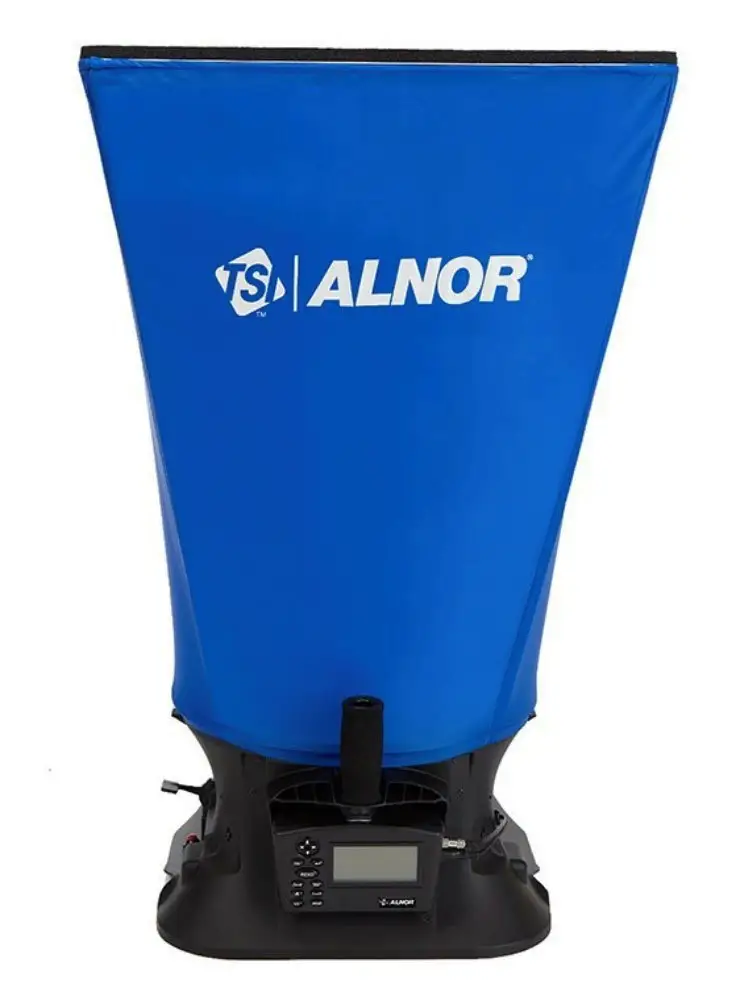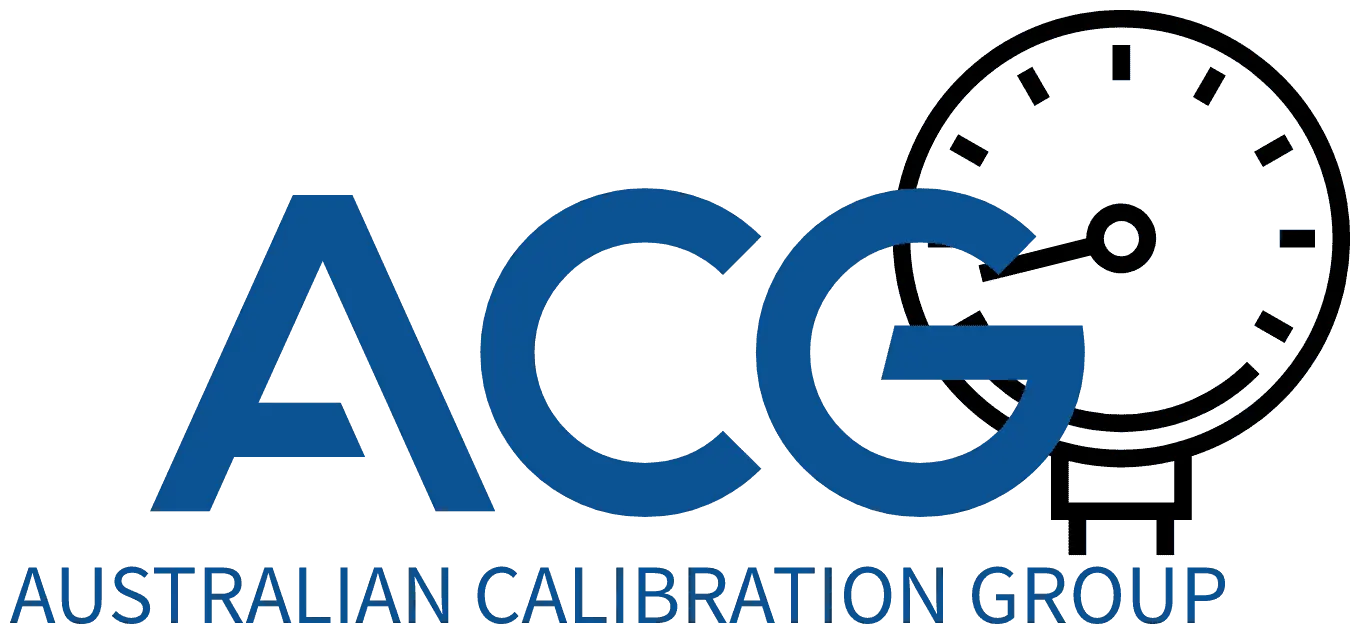Air Balancing
Air Balancing
Australian Calibration Group has constructed a state-of-the-art wind tunnel for calibration by integrating advanced engineering design, precision instrumentation, and rigorous testing protocols to ensure accurate and reliable measurements of air velocity.
We can calibrate your air measurement equipment and we can meet the latest TACA and NEBB accuracy requirements.
Air balancing calibration is crucial for maintaining the accuracy of airflow measurement devices, ensuring reliable performance in applications like HVAC systems, industrial processes, and environmental monitoring. Proper calibration enables precise control of air velocities, enhancing energy efficiency, optimising airflow distribution, and promoting a safe and healthy indoor environment.

Overview
Air balancing equipment calibration ensures that air flow hoods, pitot tubes, and vane anemometers function correctly. This is essential for maintaining building comfort, energy efficiency, and air quality. Our state of the art wind tunnel is a specialised medium to ensure accuracy and reliability of air flow measurement instruments. This wind tunnel provides a controlled environment to assess and adjust the performance of air flow measurement devices. Australian Calibration Group will ensure instruments are reading precisely, leading to improved data quality and analysis.
- Australian Standards: Testing and commissioning association (TACA) technical specifications
- International Standards: NEBB accuracy specifications
Importance
Accurate air balancing calibration is critical for energy efficiency, maintaining air quality, and ensuring ventilation systems meet regulatory standards.
Advantages of Regular Calibration
- Optimises system efficiency, reducing energy costs.
- Enhances occupant comfort and air quality.
- Meets compliance for safety and building codes.
- Verification of airflow parameters is crucial for cleanliness standards within clean rooms
Risks of Neglecting Calibration
- Increased energy consumption and operational costs.
- Poor indoor air quality, affecting occupant health.
- Risk of legal repercussions for non-compliance.
- Uncalibrated airflow measurements in laboratories or chemical facilities can lead to exposure of hazardous fumes or chemicals
ACG specialises in calibrating the following instruments
The pitot tube is placed in a wind tunnel with a known airspeed, calibrated from 0.2 m/s to 20 m/s to cover a wide range of airflow conditions. The airspeed reading from the pitot tube is then compared to the known airspeed of the wind tunnel. This comparison is performed using NATA certified equipment to ensure accuracy and traceability to national standards.
If the pitot tube is not reading accurately, repairs and adjustments will be performed by our technicians to ensure the accuracy of the pitot tube.
More Info
We can test a range of air velocity meters and air data multimeters. To do this, we attach the display to a flow hood and calibrate the volumetric flow rate through our wind tunnel (30 L/s to 1,500 L/s). Alternatively, we can connect a pitot tube to the device and measure the air velocity directly (0.2 m/s to 20 m/s). We also have the ability to calibrate the differential pressure function of air data multimeters to ensure it is reading accurately (0 Pa to 5,000 Pa). All calibrations are performed using NATA certified equipment and if any device is not reading accurately, repairs and adjustments will be performed by our technicians.
We calibrate a wide range of air data multimeters, including but not limited to the following makes and models:
- TSI: Alnor EBT731, VelociCalc Plus 9565, 9535, 8386A, 9640, 9650, 9565-P
- Shortridge: ADM-880C, ADM-870C, ADM-860C, ADM-850L
- Testo: testo 400, testo 440, testo 480, testo 435-4
The capture flow hood is placed in the wind tunnel’s test section, facing the airflow. It’s crucial that the hood is properly aligned and securely mounted to avoid disturbances. The wind tunnel, calibrated using NATA certified equipment, is operated at a stable, known airspeed (within the 30 L/s to 1,500 L/s range for volumetric flow rate calibration) to ensure consistent airflow. The wind tunnel’s calibrated airspeed is recorded, and simultaneously, the capture flow hood takes measurements of the airflow passing through its opening. This process is repeated at various airspeeds within the hood’s calibration range, establishing a relationship between the wind tunnel’s known airspeed and the flow hood’s readings.
As a leading provider of calibration services in Melbourne, we understand the importance of accurate airflow measurements for the HVAC industry. We calibrate a wide range of flow hoods, including but not limited to the following makes and models:
- TSI: Alnor EBT731, VelociCalc Plus 9565, Airflow Instruments PH731 ProHood, TSI 8380, TSI 8380-B
- Shortridge: CFM-880, CFM-870, CFM-860, CFM-850L, ADM-880C, ADM-870C, ADM-860C, ADM-850L
- Testo: testo 420, testo 400, testo 440, testo 480
Whether you’re calibrating a capture flow hood or other air balancing equipment, we communicate throughout the entire calibration process, ensuring you understand the results and have confidence in your instruments.
The vane anemometer is placed in the wind tunnel’s test section, facing the airflow. Proper alignment and secure mounting are essential to avoid any disturbances that could affect the readings. The wind tunnel, calibrated using NATA certified equipment, is operated at a stable, known airspeed (within the 0.2 m/s to 20 m/s range) to ensure consistent airflow. The wind tunnel’s calibrated airspeed is recorded, and simultaneously, the vane anemometer takes measurements of the airflow passing through its vanes. This process is repeated at various airspeeds within the anemometer’s calibration range, establishing a relationship between the wind tunnel’s known airspeed and the anemometer’s readings.
As a leading provider of calibration services in Melbourne, we understand the importance of accurate airflow measurements for the HVAC industry. We calibrate a wide range of anemometers, including vane anemometers from brands like:
- TSI: Alnor EBT720, EBT730, EBT731, EBT740, RVA501, RVA801, VelociCalc Plus Series: 9515, 9535, 9535-A, 9545, 9545-A, 5725 VelociCalc
- Shortridge: ADM-880C, ADM-870C, ADM-860C, ADM-850L
- Testo: testo 400, testo 440, testo 480, testo 410-1, testo 417
We also calibrate various other air balancing equipment. We communicate throughout the entire calibration process, ensuring you understand the results and have confidence in your instruments.
The hotwire anemometer is carefully placed in the wind tunnel’s test section, ensuring it’s properly aligned with the airflow and securely mounted to minimize any vibrations that could interfere with the readings. The wind tunnel, calibrated using NATA certified equipment, is operated at a stable, known airspeed to provide a consistent and controlled airflow. The wind tunnel’s calibrated airspeed is recorded, and simultaneously, the hotwire anemometer takes measurements of the airflow passing over its heated wire. This process is repeated at various airspeeds within the anemometer’s calibration range, establishing a relationship between the wind tunnel’s known airspeed and the anemometer’s readings. Any necessary adjustments are made to the anemometer’s calibration settings to ensure its readings align with the known airspeeds from the wind tunnel.
As a leading provider of calibration services in Melbourne, we understand the importance of accurate airflow measurements for various applications, including HVAC systems, research, and industrial processes. We calibrate a wide range of anemometers, including hotwire anemometers from various brands, along with other air measurement equipment. We communicate throughout the entire calibration process, ensuring you understand the results and have confidence in your instruments.
We calibrate a wide range of hotwire anemometers, including but not limited to the following makes and models:
- TSI: VelociCalc 9535, VelociCalc 9545, TA465
- Extech: AN100, AN200
- Kanomax: 6036, 6113, 6531
- Fluke: 922
- Testo: testo 425, testo 440
The weather station is placed in the wind tunnel’s test section, with the pitot tube or vane anemometer facing the airflow. Proper alignment and secure mounting are essential to avoid any disturbances that could affect the readings. The wind tunnel, calibrated using NATA certified equipment, is operated at a stable, known airspeed (within the relevant range for the instrument, for example, 0.2 m/s to 20 m/s for a vane anemometer) to ensure consistent airflow. The wind tunnel’s calibrated airspeed is recorded, and simultaneously, the weather station’s anemometer function takes measurements of the airflow.
In addition to calibrating the anemometer function, we also calibrate the temperature, humidity, and dew point sensors of the weather station using dedicated, traceable equipment. This ensures the accuracy of all meteorological parameters measured by the station.
As a leading provider of weather station calibration in Melbourne, we understand the importance of accurate weather data for various applications. We calibrate a wide range of weather stations, including those with pitot tube or vane anemometer functions, from brands like:
- Davis Instruments: Vantage Pro2, Vantage Vue
- Oregon Scientific: WMR89, WMR200
- Netatmo: Weather Station
We also calibrate weather stations from other brands and various other meteorological equipment. We communicate throughout the entire calibration process, ensuring you understand the results and have confidence in your instruments.
